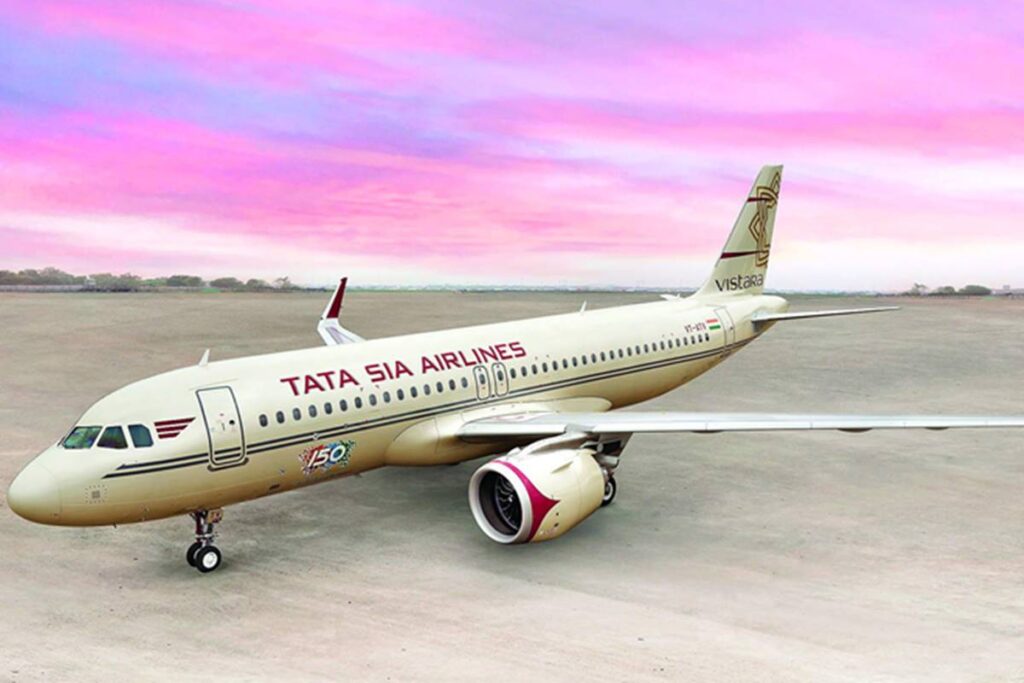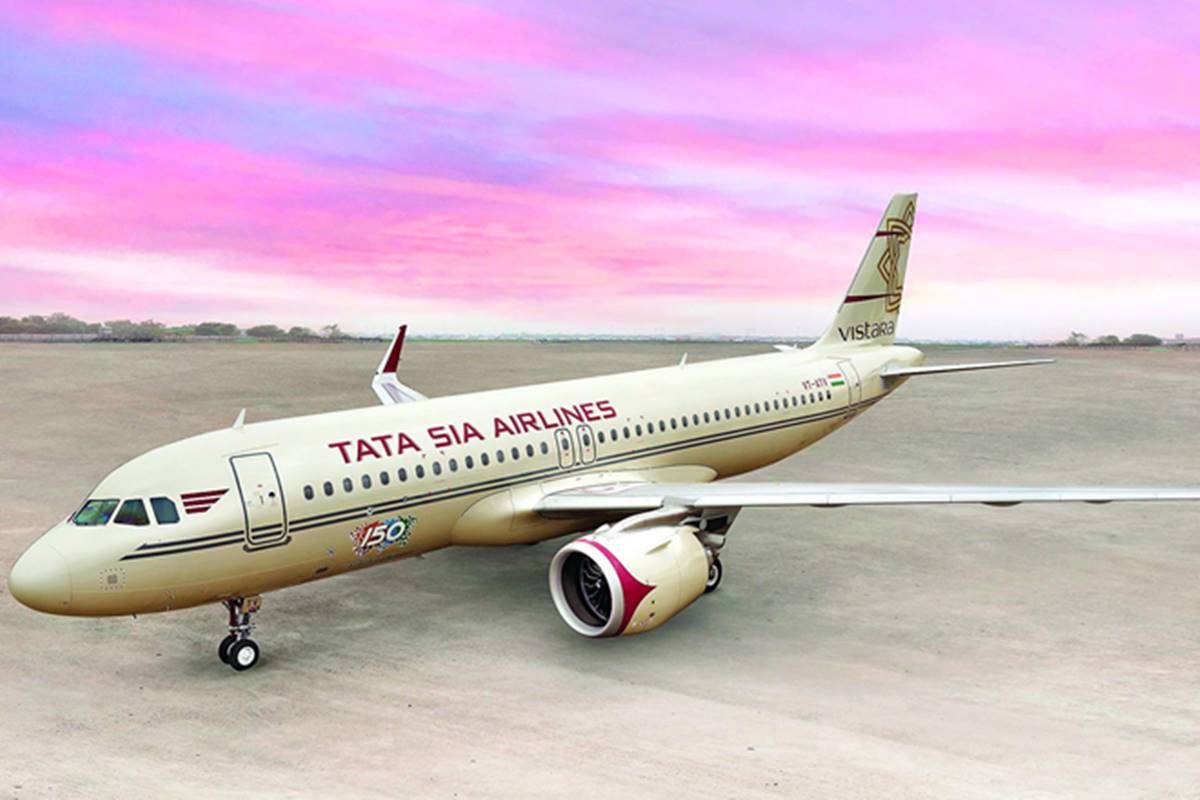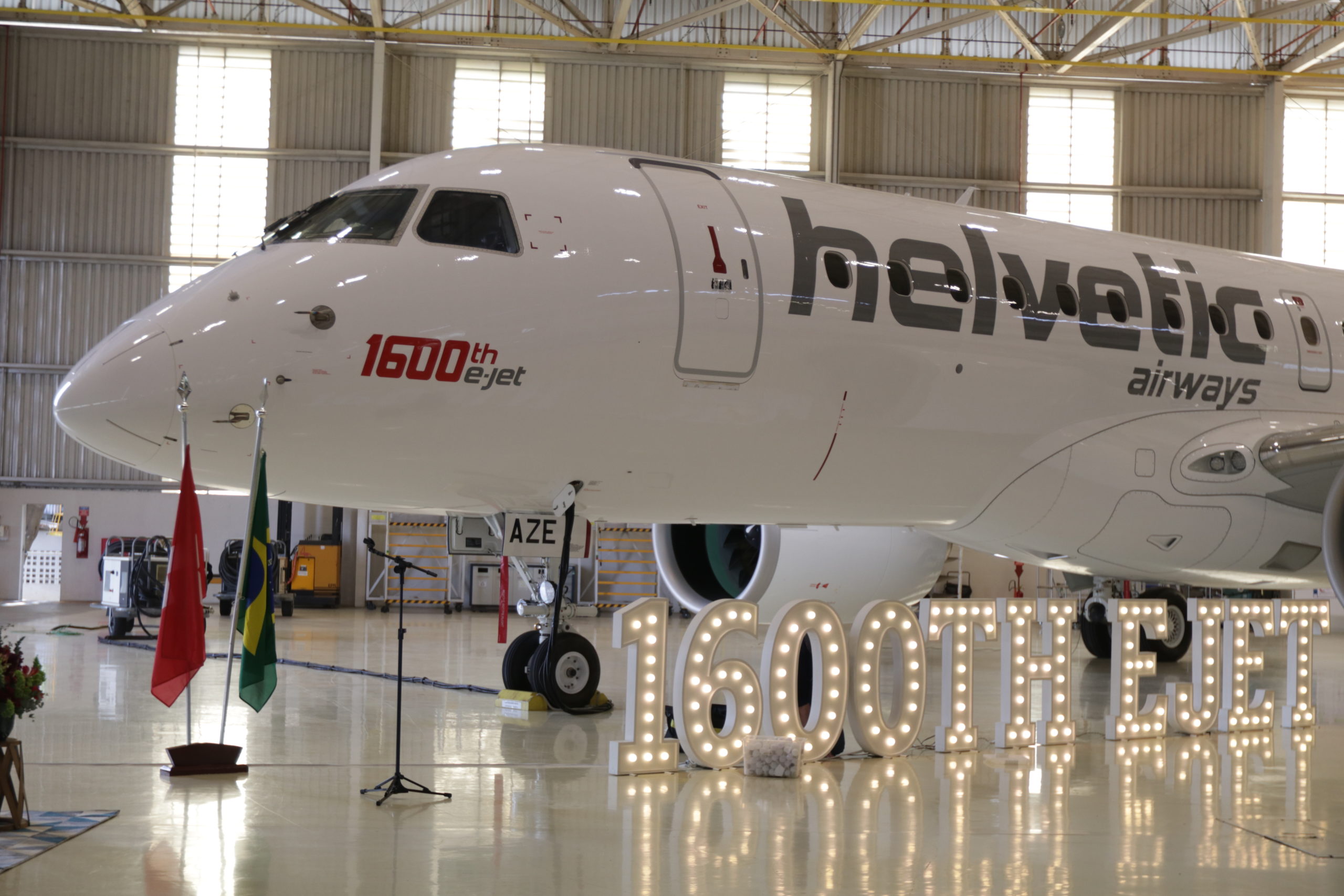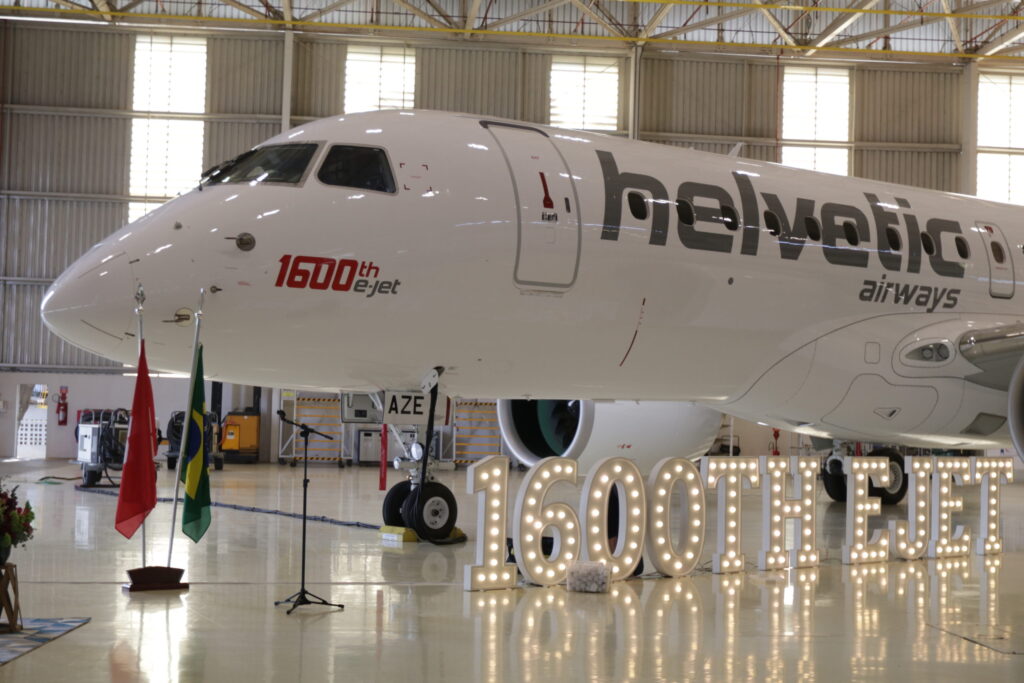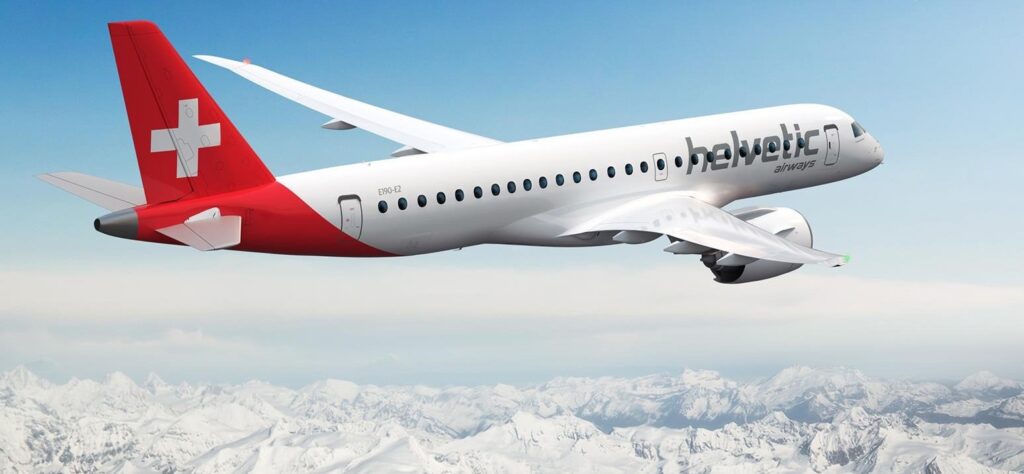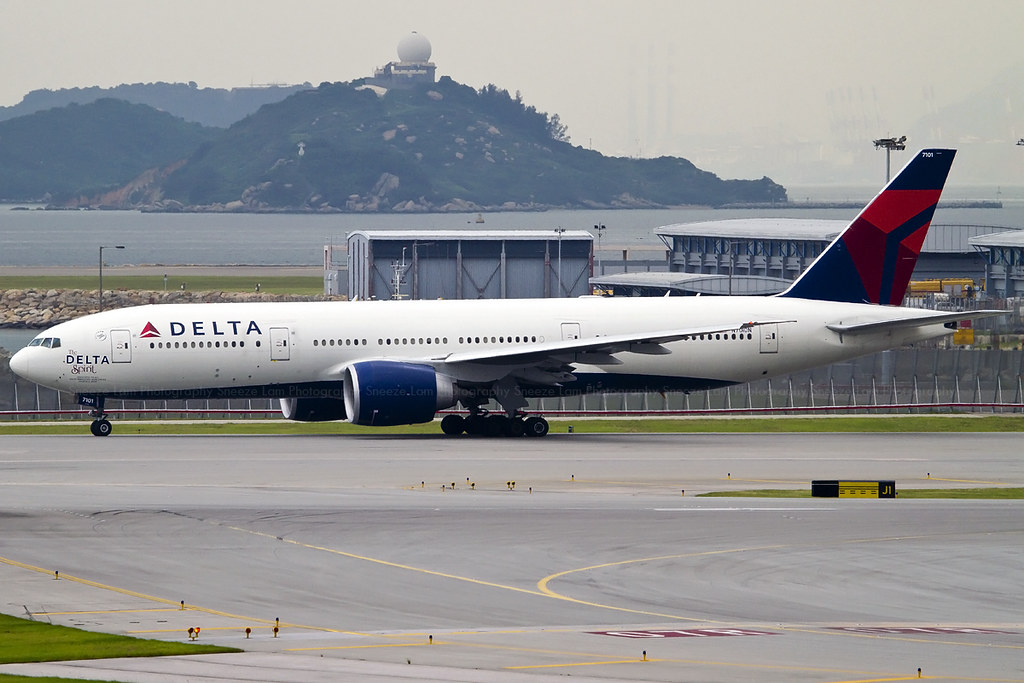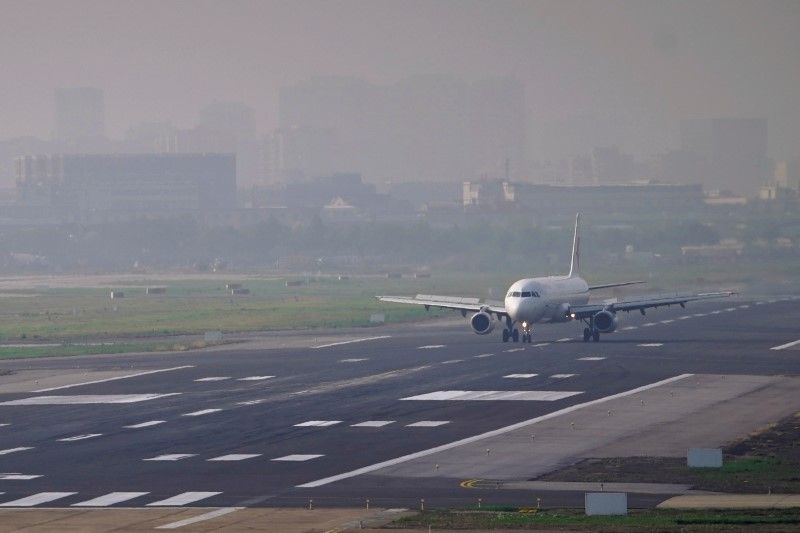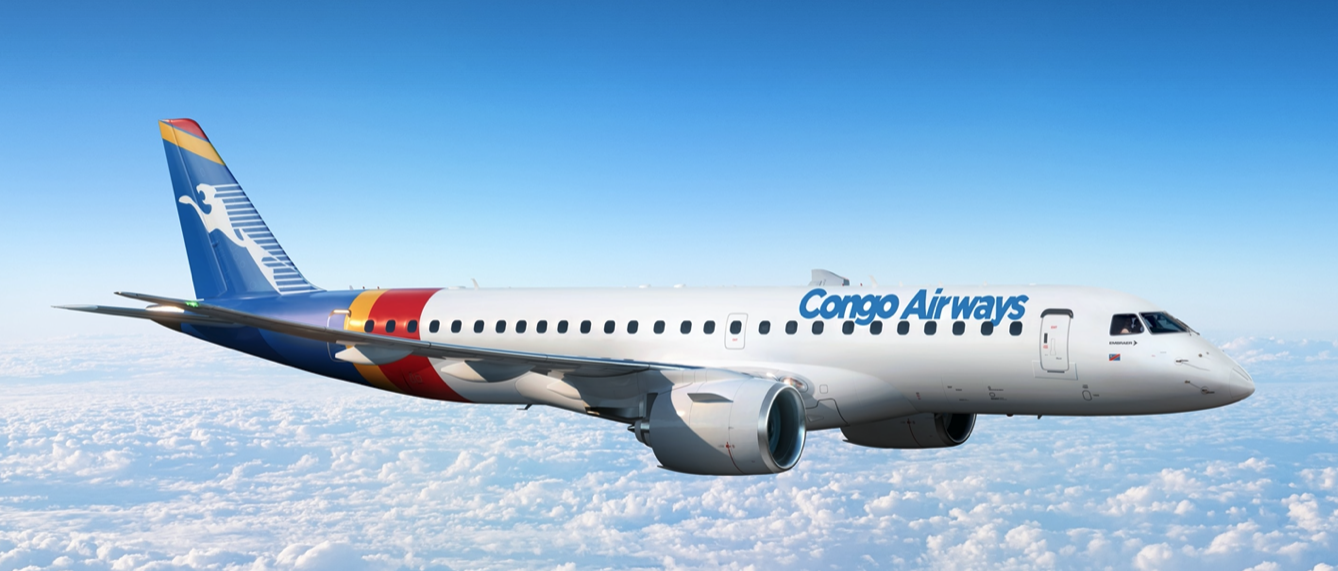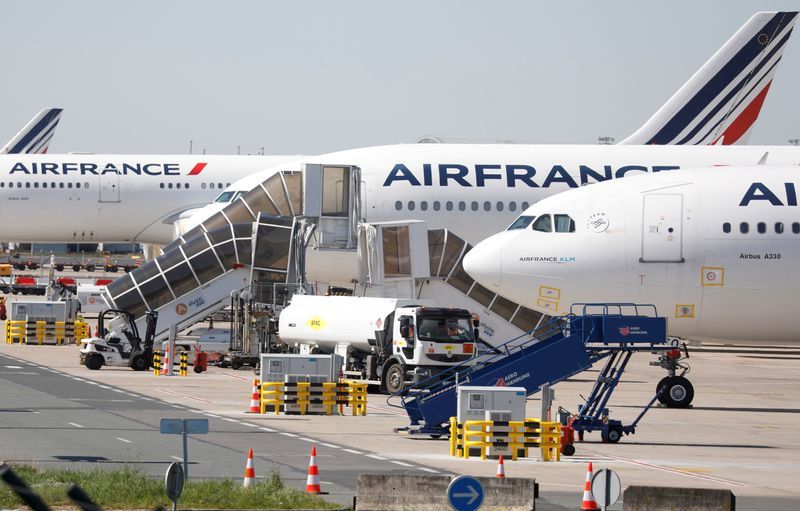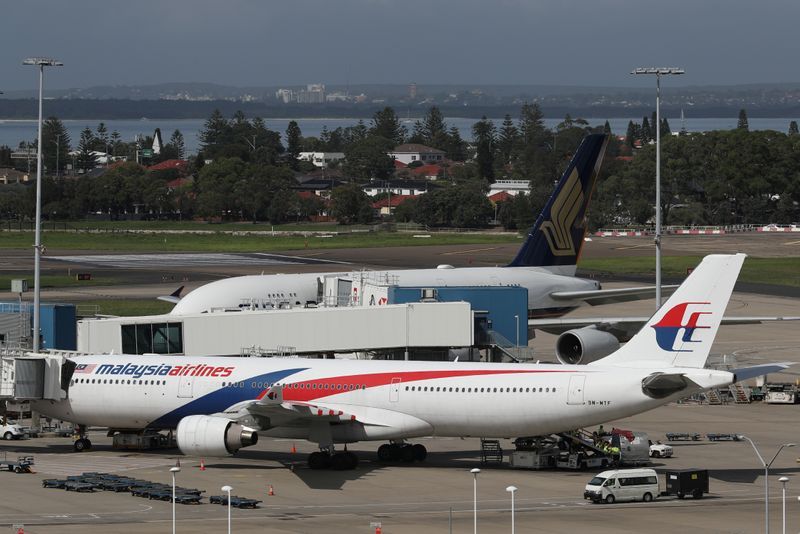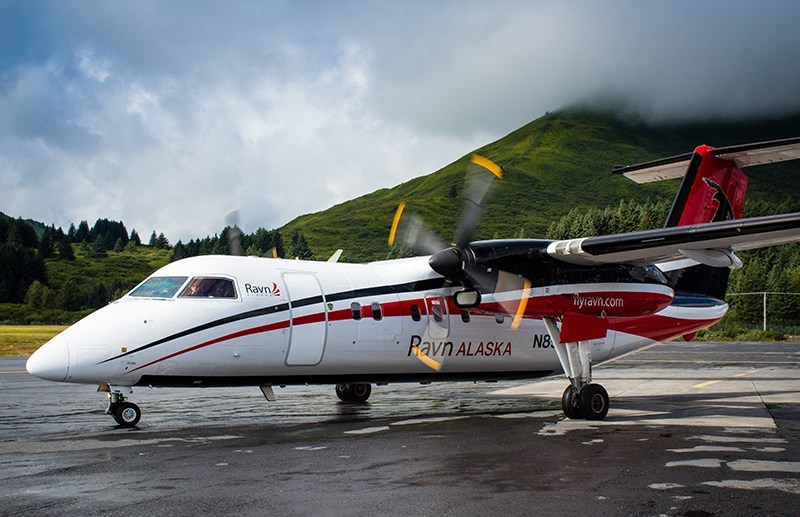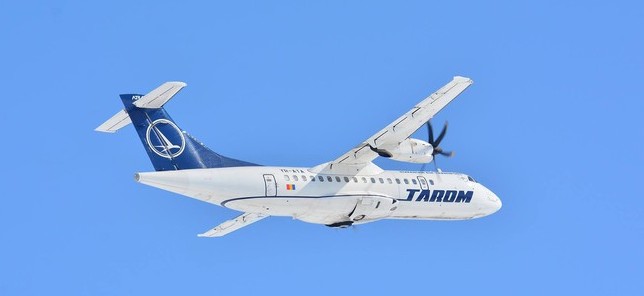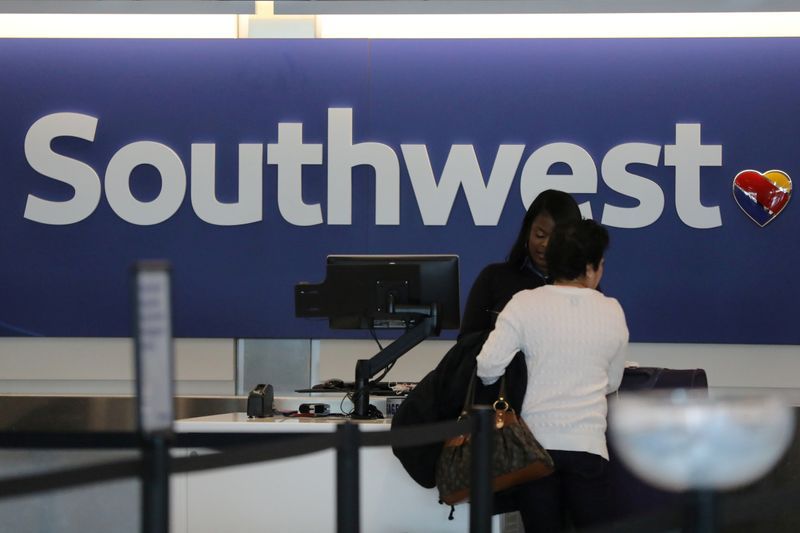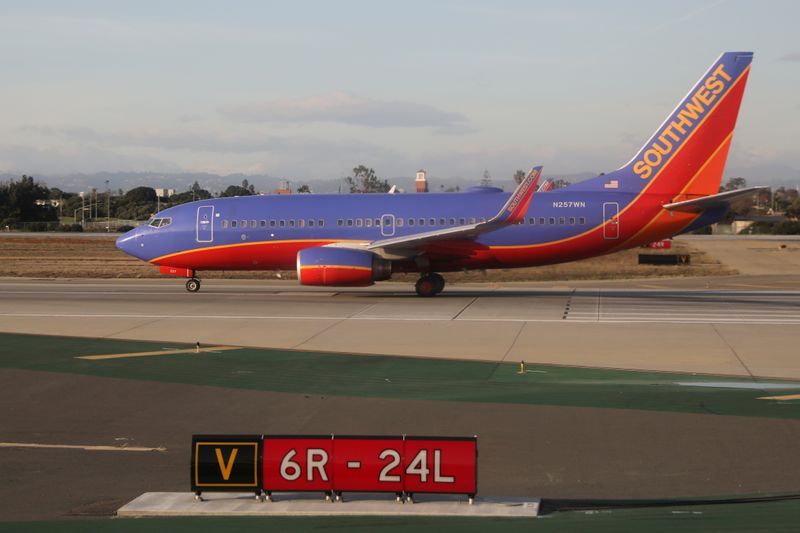- Leading carriers, including Alaska Airlines, Japan Airlines, and All Nippon Airways, choose Boeing Global Services supply chain support despite current market challenges
- Digital solutions enhance operational efficiency with data-driven analytics
Boeing [NYSE: BA] announced a number of services orders and agreements to support international customers, streamline their operations and enhance their future growth. These supply chain solutions will simplify customers’ asset and maintenance management, inventory and operating costs, while improving parts availability. The agreements for Boeing’s digital solutions will provide cost savings fleet-wide, enhance airline crew situational awareness and increase operational efficiency. “As airlines and operators continue to respond to the current challenges facing the global air travel industry, our partners are moving forward, integrating creative solutions to continue connecting people around the world,” said Ted Colbert, president and CEO, Boeing Global Services. “Boeing is working closely with our customers around the world, delivering the customized solutions they need to improve operational efficiency, support their fleets, and reduce their costs.”
Supply chain agreements include:
Alaska Airlines signed its largest consumable and expendable services agreement, with a multiyear agreement for solutions which include a Tailored Parts Package and Quick Engine Change kits. The agreement supports Alaska’s fleet of Boeing 737 airplanes and provides price and availability benefits that allow the airline to streamline its maintenance operations. The Tailored Parts Package consists of 2,900 part numbers. Throughout the term of this three-year agreement, Boeing anticipates the shipment of nearly 800,000 parts and four Quick Engine Change kits, which will be used to configure spare engines to allow for quick return of an airplane to service when an engine needs to be repaired or replaced.

All Nippon Airways, the largest airline in Japan, announced a partnership with Boeing Global Services to install a 787-9 galley facility in its new training center to enhance crew training opportunities. All Nippon Airways also signed an agreement for ten 767 Quick Engine Change kits.
Agreements for data-driven solutions include:
Xiamen Airlines, Japan Airlines, and All Nippon Airways have signed agreements to acquire the Optimized Maintenance Program that combines advanced data analytics with Boeing’s engineering expertise to help airlines achieve greater airplane availability and more efficient maintenance operations. To date, the Optimized Maintenance Program has been delivered to 24 airlines and approved by their local regulatory agencies to support a total of 2,519 Boeing airplanes across several models. Xiamen is the first airline in China to adopt the program.

A number of customers in China, including Suparna Airlines, Zheijiang Loong Airlines, West Air, Guangxi Air, Urumqi Air, and Air Changan signed agreements for Boeing digital solutions that enhance operational efficiency, further streamline paperless operations in the flight deck, and optimize flight planning capabilities. Boeing provides tailored charting for more than 74 percent of the commercial aviation market; supplies digital navigation data to more than 58 percent of global airlines; and delivers flight deck solutions to 67 percent of the world’s airlines. Overall, two-thirds of all global airline flights use Jeppesen FliteDeck Pro electronic flight bag (EFB) navigation and charting applications on a daily basis.
Vistara, an Indian full-service carrier and a joint venture of Tata group and Singapore Airlines, has added to their suite of Boeing Global Services crew solutions with a multiyear agreement for Crew Pairing to improve operational and readiness efficiency and reduce airline costs. The solution will help optimize crew planning operations for approximately 1,100 crew members across Vistara’s 40 Boeing and Airbus aircraft.
Boeing is the world’s largest aerospace company and leading provider of commercial airplanes, defense, space and security systems, and global services. A top U.S. exporter, the company supports commercial and government customers in more than 150 countries. Boeing employs more than 160,000 people worldwide and leverages the talents of a global supplier base. Building on a legacy of aerospace leadership, Boeing continues to lead in technology and innovation, deliver for its customers and invest in its people and future growth.
